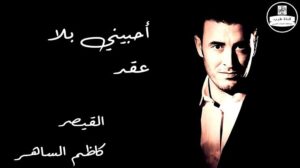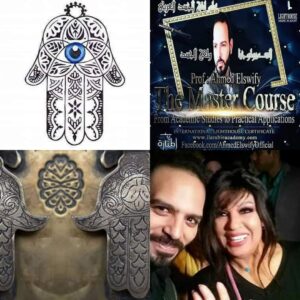Spread the love
Egypt & Ramadan Out & About #18: **Explore Fanous Ramadan at ilarabicacademy.com*
**What is Fanous Ramadan?**Learn Arabic online. Sign up for free in our newsletter at www.ilarabicacademy.com and download our courses, DVDs, CDs, and books.
*(Egyptian Arabic: فانوس : [fæˈnuːs], pl. فوانيس [fæwæˈniːs])*, meaning lamp or light, is widely associated with Fanous Ramadan or Fanoos Ramadan *(Egyptian Arabic: فانوس رمضان)* and is now commonly known as the Ramadan lantern.
The traditional use of the fanous as decorations associated with Ramadan is believed to have originated during the Fatimid Caliphate, primarily centered in Egypt, where tradition holds that Caliph Al-Muizz Lideenillah was greeted by the Egyptian people holding lanterns to celebrate his arrival in Cairo during the holy month of Ramadan. Its use has now spread to almost all Muslim countries.
**What is Fanous Ramadan?**Learn Arabic online. Sign up for free in our newsletter at www.ilarabicacademy.com and download our courses, DVDs, CDs, and books.
*(Egyptian Arabic: فانوس : [fæˈnuːs], pl. فوانيس [fæwæˈniːs])*, meaning lamp or light, is widely associated with Fanous Ramadan or Fanoos Ramadan *(Egyptian Arabic: فانوس رمضان)* and is now commonly known as the Ramadan lantern.
The traditional use of the fanous as decorations associated with Ramadan is believed to have originated during the Fatimid Caliphate, primarily centered in Egypt, where tradition holds that Caliph Al-Muizz Lideenillah was greeted by the Egyptian people holding lanterns to celebrate his arrival in Cairo during the holy month of Ramadan. Its use has now spread to almost all Muslim countries.
In ancient times, it was similar to a lamp and would have incorporated either candles or oil. The fanous originally developed from the torches used in the Pharaonic festivals celebrating the rising of the star Sirius. For five days, the ancient Egyptians celebrated the birthdays of Osiris, Horus, Isis, Seth, and Nephtys—one on each day—by lighting the streets with the fanous (torches). Torches or candles were also used in early Christianity. This is recorded by the Egyptian historian Al-Maqrizi (1364 – 1442), who noted in his book, “Al Mawaiz wa al-‘i’tibar bi dhikr al-khitat wa al-‘athar”, that these torches or candles were used at Christmastime for celebration.








More Stories
Eid Al- fittr
What is Khamsa/Hamsa? ARABIC BODY LANGUAGE
One of the greatest minds in human history